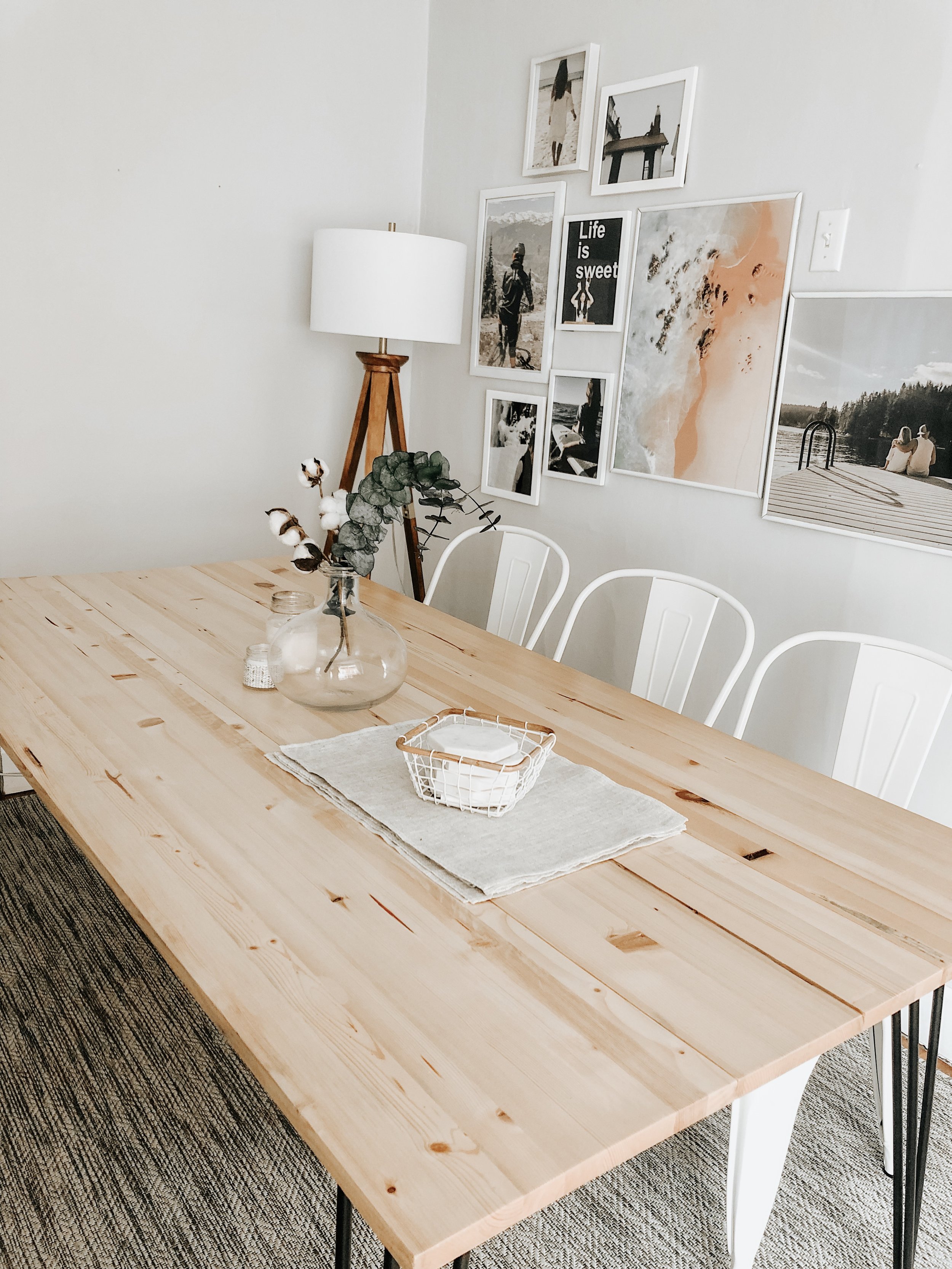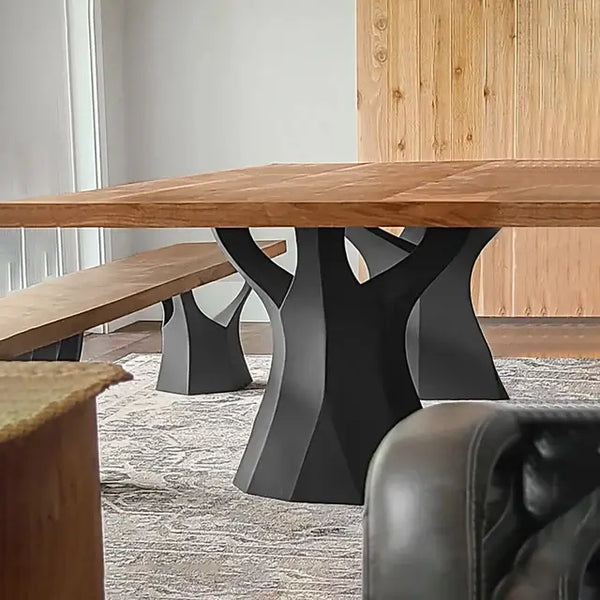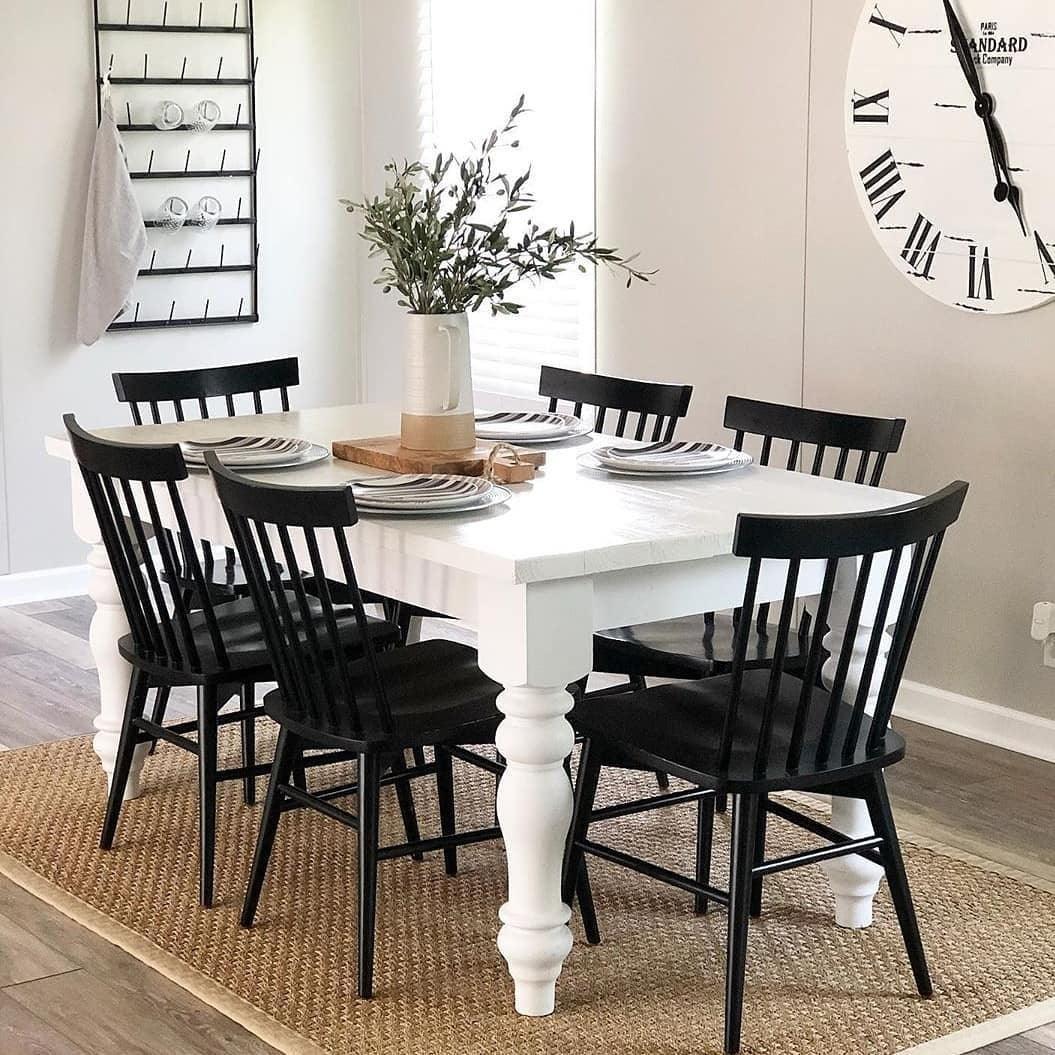Simple Steps to Replacing Old Dining Room Table Legs with New Ones
Simple Steps to Replacing Old Dining Room Table Legs with New Ones
Blog Article
Professional Tips for Putting Up Dining-room Table Legs for Optimum Stability
When it comes to installing eating space table legs, accomplishing optimum security is extremely important for both performance and aesthetics. The procedure starts with choosing the right products and equipment, complied with by precise placement and factor to consider of weight circulation. Each step plays a vital role in making certain that the ended up product withstands day-to-day use without compromising safety and security or style honesty. However, comprehending the nuances of these aspects can considerably affect the overall end result. What particular strategies can enhance security also further?
Choose the Right Legs
When choosing the proper legs for your eating room table, it is vital to consider both functionality and appearances. The legs you choose will dramatically affect the overall style and security of the table. Review the table's planned usage; if you anticipate constant events, stronger legs, such as those made from solid timber or metal, might be more appropriate, as they provide boosted durability and support.
Common dining tables generally vary from 28 to 30 inches in elevation, so guarantee the legs straighten with this requirement for comfort. Conical legs can add a modern touch, while turned legs could communicate an extra timeless visual.

Select Appropriate Hardware
Exactly how can the right hardware boost the stability and durability of your dining-room table? The choice of appropriate hardware is essential to making sure that the legs of your table are firmly attached and able to stand up to normal use. Premium screws, screws, and brackets offer the essential strength to support the weight of the table, in addition to any kind of additional loads put upon it throughout dishes or gatherings.
When selecting screws, go with those made from sturdy materials such as stainless steel or brass, which withstand rust and keep honesty gradually. The length of the screws is similarly vital; they should penetrate deeply right into the table's framework without endangering honesty. For bolted links, consider using lock washers to avoid loosening because of vibration or motion.
In addition, using corner brackets can include added assistance, particularly for larger tables or those with heavier tops. These braces disperse weight uniformly and help maintain the table's form. Making sure that the hardware you select is ideal for the details materials of your table will better improve its overall security and durability, allowing you to appreciate your eating experience for years to come.
Ensure Correct Positioning
Proper placement of dining-room table legs is crucial for both visual appeal and useful stability. Misaligned legs can lead to an irregular tabletop, which might not only be aesthetically unappealing yet likewise compromise the table's use. To achieve optimal alignment, start by determining the distance from the table's edges to the leg add-on factors. This makes sure that each leg is positioned equidistant from the sides, creating a well balanced appearance.
Make use of a degree during setup to validate that each leg is vertical to the tabletop. This action is essential, as also small disparities can escalate into substantial stability issues over time. It is advisable to mark the desired leg placements on the bottom of the table with a pencil or covering up tape before protecting them. This practice acts as a visual overview, allowing for changes as needed.
Additionally, confirm the positioning after the initial screws are tightened, as changes may be necessary prior to totally protecting the equipment. By prioritizing appropriate positioning, you not just enhance the table's overall layout yet likewise ensure that it remains steady and functional for years to find.

Take Into Consideration Weight Distribution
After ensuring correct alignment of the dining-room table legs, it's vital to take into consideration weight circulation to improve stability and functionality. dining room table legs. Proper weight circulation is critical in protecting against wobbling and making certain that the table can support its designated tons without danger of tipping or breaking down
When positioning the legs, guarantee they are positioned at equivalent ranges from the center of the table to equally distribute the weight throughout the structure. Consider the weight of the tabletop and any kind of products that will regularly rest on it, i thought about this such as tabletop appliances or attractive pieces. Tables with heavier surface areas need to ideally have legs positioned closer to the corners, as this optimizes the base of assistance and lessens the risk of instability.
Furthermore, if the table is planned for use in a high-traffic area, take into consideration using larger products for the legs or adding supporting elements, such as cross-bracing or a lower rack - dining room table legs. These changes can help preserve equilibrium and prevent shifting during usage. Inevitably, a well-considered weight distribution technique will dramatically go to this site enhance the table's general efficiency, guaranteeing it continues to be a eye-catching and useful centerpiece for your dining space
Test Security Prior To Usage
Testing the stability of the dining room table before use is a critical action that should not be neglected. Guaranteeing that the table is safe and secure and stable can avoid mishaps and extend the life expectancy of the furniture. Begin by applying gentle pressure to various points on the table surface area. Press down on the facility and then along the sides, observing any wobbling or shifting. Identify the legs or joints that may require modification. if the table reveals instability.
Following, inspect that all fasteners and screws are tightened appropriately. Loose links can result in instability and potential damage with time. If required, utilize timber glue on joints to boost stability, ensuring to enable ample drying out time.

Verdict
In verdict, the installment of dining-room table legs calls for cautious factor to consider of materials, weight, hardware, and positioning distribution to achieve maximum stability. By selecting premium bolts and tough legs, making sure precise positioning, and distributing weight uniformly, the see this architectural honesty of the table can be dramatically enhanced. Performing a stability examination prior to routine usage additionally makes certain that the table will certainly stand up to everyday pressures, therefore giving a secure and trustworthy eating experience.
When it comes to setting up eating room table legs, achieving maximum stability is extremely important for both functionality and looks. The legs you choose will significantly impact the general layout and stability of the table (dining room table legs). Typical dining tables normally range from 28 to 30 inches in height, so make sure the legs straighten with this requirement for comfort.Correct placement of eating space table legs is important for both aesthetic appeal and useful security.In conclusion, the installation of dining room table legs calls for cautious factor to consider of materials, hardware, positioning, and weight circulation to accomplish maximum security
Report this page